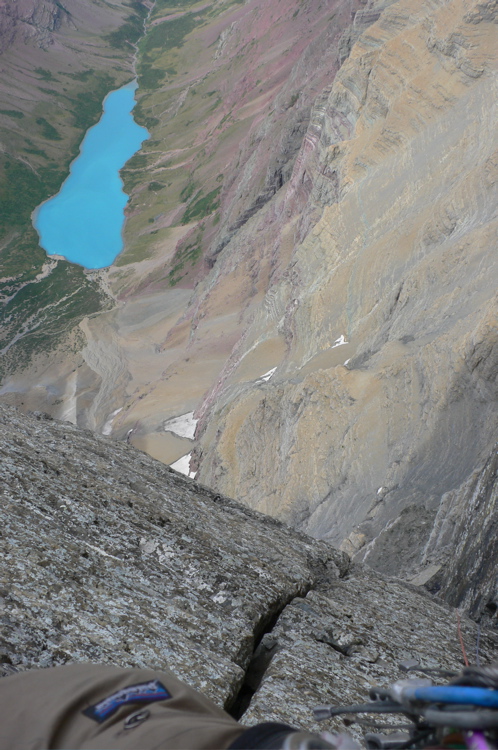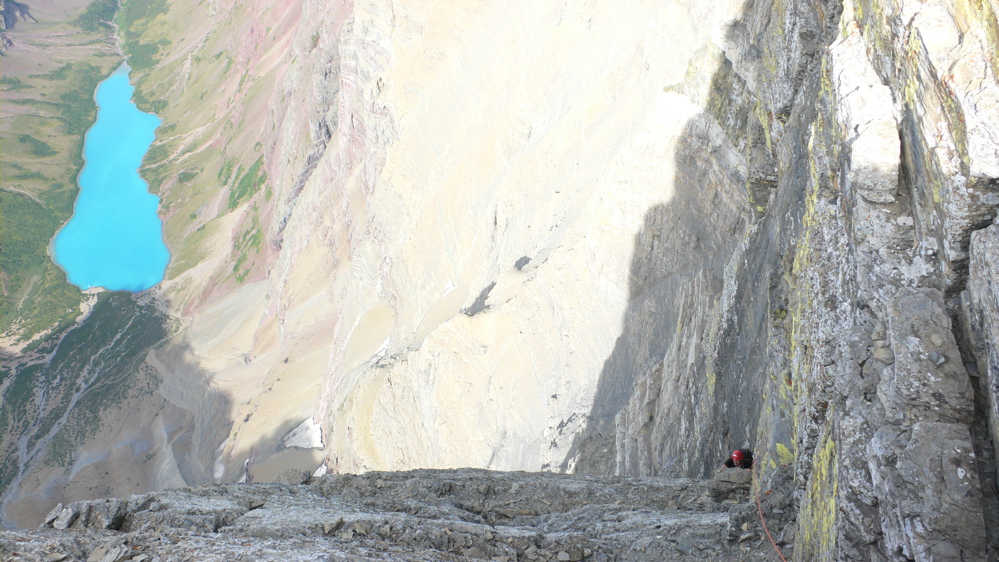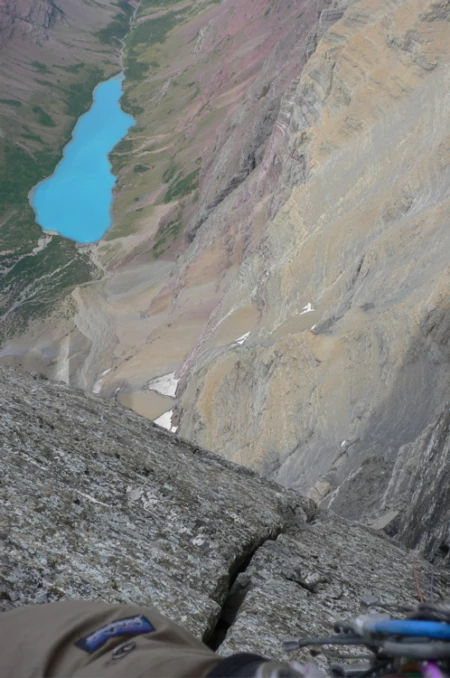How Do We Tell Stories About Our Adventures?
 The comments got me thinking. I’m talking about the comments on my last post, about adventure and youth. So many shifts, twists, turns, contradictions and evolutions that keep life interesting, and keep adventure and individuality alive.
The comments got me thinking. I’m talking about the comments on my last post, about adventure and youth. So many shifts, twists, turns, contradictions and evolutions that keep life interesting, and keep adventure and individuality alive.
How do these shifts interplay with our desire to share our stories? Several commenters – here and on the Facebook repostings – mentioned the climbing media. Indeed there’s likely some truth to the climbing media paying more attention to the more popular and quantifiable forms of climbing. People want it. Ratings and numbers have always had the ability to capture and categorize in ways more easily understood than any attempts to articulate adventure. That doesn’t mean that adventure climbing is dead. Maybe we just don’t hear about it as much.
Or maybe, like adventure itself, we just have to search harder for it. The stories are out there.
[An awesome adventure, but I can’t tell you where. Photo: Kelly Cordes]
The sharing of experiences, accomplishments included, is as natural as humankind. An indisputable human desire exists to share our stories. All the way back to caveman times. Humans are storytellers. And, aside from the innate value of expression, I think this sharing serves another important purpose. It inspires us. No human pursuit advances without inspiration. I know of no climber who has not been inspired by the story of another. Think back on it. What stories, in person or in print or in video, have helped shape you?
Of course we have our own tastes in storytelling styles and mediums.
In some circles it’s cool to diss on blogs and Facebook, for example. OK, fine, you’re such a hardman you don’t do that stuff. Or maybe it’s just not your bag, baby, and there’s likely some truth to the saying that these avenues promote some of the worst human traits: narcissism and voyeurism. Side note – how ‘bout that Facebook app that lets you know when the person you’re stalking curious about becomes single? Yikes. (For the record, I only read about this. I still do my Internet stalking manually.)
And for every  For all my love of storytelling and all of my blahblahblah, I will concede that there’s something romantic to the notion of being so at-peace with yourself that you don’t tell a soul. Not even in the de facto manner I mocked above. Sometimes there’s value to keeping things personal, like something that meant everything to you, and that was enough.
For all my love of storytelling and all of my blahblahblah, I will concede that there’s something romantic to the notion of being so at-peace with yourself that you don’t tell a soul. Not even in the de facto manner I mocked above. Sometimes there’s value to keeping things personal, like something that meant everything to you, and that was enough.
In Michael Kennedy’s profile and obituary on the great Mugs Stump (“The Dream,” Climbing magazine issue 136, Feb-Mar 1993), he writes:
“Mugs had a recurring dream that he related often to his friends. In it he had just climbed a very challenging new route, sometimes alone, at other times with a partner, but the style was always impeccable: using neither pitons nor aid, he had done it quickly, leaving no trace of his passage. Next in the dream, he went to a pub and was sitting in the corner with his girlfriend when a group of climbers who had just done the same route came in. The climbers were toasting themselves about their seeming first ascent, and after joining their celebration Mugs would sit back and smile. All that was important, he would say, was his own knowledge that he had done the climb the way he’d wanted to.”
I like that. I’m not quite there and I probably never will be. But I like it.
[Ditto. Photo: Kelly Cordes]

